This question is related to MOSFET.
NMOSFET's resistance was till now defined in many different ways, for example as:

or  which value varies from 1-50k Ohm.
which value varies from 1-50k Ohm.
And there is also drain-source on-state resistance  which is usually lesser than 1 Ohm.
which is usually lesser than 1 Ohm.
Which one can I actually use in an equation like this one which applies for common source configuration?
